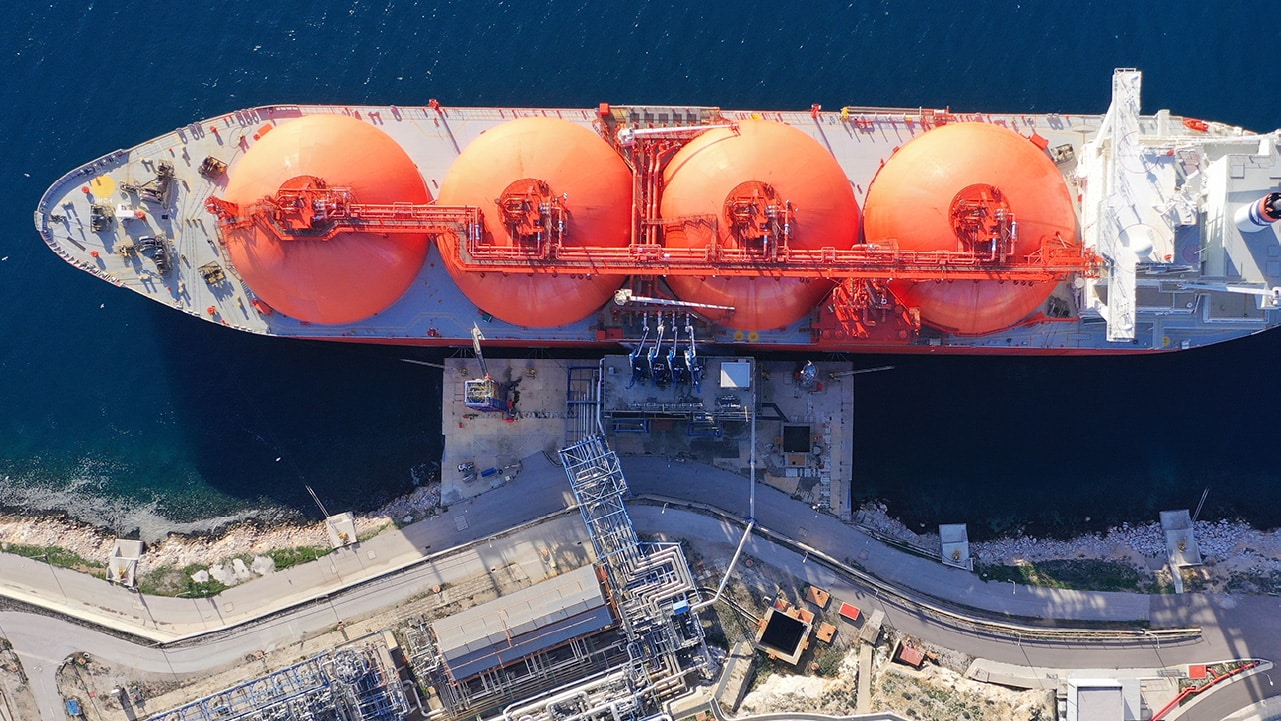ISO 10497 Fire Test of Cargo Tank Valves
The International Organization for Standardization (ISO) standard ISO 10497 specifies a method to determine the integrity and performance of cargo tank valves used in ships. This test evaluates how effectively these valves can withstand exposure to high temperatures, which is critical for ensuring the safety and reliability of shipboard equipment during emergencies.
The primary focus of this test is on the valve's ability to retain its sealing properties under extreme heat conditions, thereby preventing the spread of fire or explosion within the cargo tank. This is particularly important in scenarios where a fire or explosion may occur due to external factors, such as accidental ignition during loading and unloading operations.
The test involves subjecting the valve to a specified temperature for a certain duration. The specimen undergoes rigorous inspection before and after testing to ensure that it maintains its functionality and structural integrity. Compliance with this standard is essential for shipbuilders, manufacturers of cargo tank valves, and shipping companies to meet regulatory requirements.
The ISO 10497 test is critical for ensuring the safe operation of cargo tanks in ships. By validating the valve's performance under fire exposure conditions, it helps prevent potential accidents that could lead to significant loss of life or property. This standard is widely recognized and implemented by various maritime regulatory bodies around the world.
In summary, ISO 10497 provides a robust framework for testing cargo tank valves in ships, ensuring their reliability and safety under extreme conditions. The test ensures that these critical components perform optimally during emergencies, thereby enhancing overall operational safety on board ships.
| Aspect | Description |
|---|---|
| Valve Type | Cargo tank valves used in ships, including those for liquid and solid cargo tanks. |
| Test Conditions | Exposure to temperatures up to 1000°C (1832°F) for a duration of at least 1 hour. |
| Specimen Preparation | Cleaning, drying, and conditioning the valve in accordance with standard procedures. |
| Instrumentation | High-temperature furnace capable of maintaining precise temperature control. |
| Acceptance Criteria | The valve must retain its sealing properties and structural integrity after the test. |
Applied Standards
The ISO 10497 fire test is a critical component of ensuring that cargo tank valves used in ships meet the highest safety and performance standards. This standard is widely recognized and implemented by various maritime regulatory bodies around the world.
The International Organization for Standardization (ISO) has established this method to evaluate the integrity and performance of cargo tank valves under fire exposure conditions. This ensures that these critical components can function reliably during emergencies, thereby enhancing overall operational safety on board ships.
Compliance with ISO 10497 is essential for shipbuilders, manufacturers of cargo tank valves, and shipping companies to meet regulatory requirements. The standard provides a robust framework for testing these valves, ensuring their reliability and safety under extreme conditions.
The test evaluates the valve's ability to retain its sealing properties and structural integrity after exposure to high temperatures. This is crucial in preventing the spread of fire or explosion within the cargo tank, which could lead to significant loss of life or property.
In summary, ISO 10497 provides a comprehensive approach to ensuring that cargo tank valves used in ships meet the highest safety and performance standards. Compliance with this standard is essential for maintaining operational safety on board ships.
Scope and Methodology
| Aspect | Description |
|---|---|
| Valve Type | Cargo tank valves used in ships, including those for liquid and solid cargo tanks. |
| Test Conditions | Exposure to temperatures up to 1000°C (1832°F) for a duration of at least 1 hour. |
| Specimen Preparation | Cleaning, drying, and conditioning the valve in accordance with standard procedures. |
| Instrumentation | High-temperature furnace capable of maintaining precise temperature control. |
| Acceptance Criteria | The valve must retain its sealing properties and structural integrity after the test. |
Why Choose This Test
The ISO 10497 fire test is a critical component of ensuring that cargo tank valves used in ships meet the highest safety and performance standards. This standard is widely recognized and implemented by various maritime regulatory bodies around the world.
The International Organization for Standardization (ISO) has established this method to evaluate the integrity and performance of cargo tank valves under fire exposure conditions. This ensures that these critical components can function reliably during emergencies, thereby enhancing overall operational safety on board ships.
Compliance with ISO 10497 is essential for shipbuilders, manufacturers of cargo tank valves, and shipping companies to meet regulatory requirements. The standard provides a robust framework for testing these valves, ensuring their reliability and safety under extreme conditions.
The test evaluates the valve's ability to retain its sealing properties and structural integrity after exposure to high temperatures. This is crucial in preventing the spread of fire or explosion within the cargo tank, which could lead to significant loss of life or property.
In summary, ISO 10497 provides a comprehensive approach to ensuring that cargo tank valves used in ships meet the highest safety and performance standards. Compliance with this standard is essential for maintaining operational safety on board ships.





